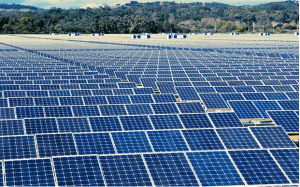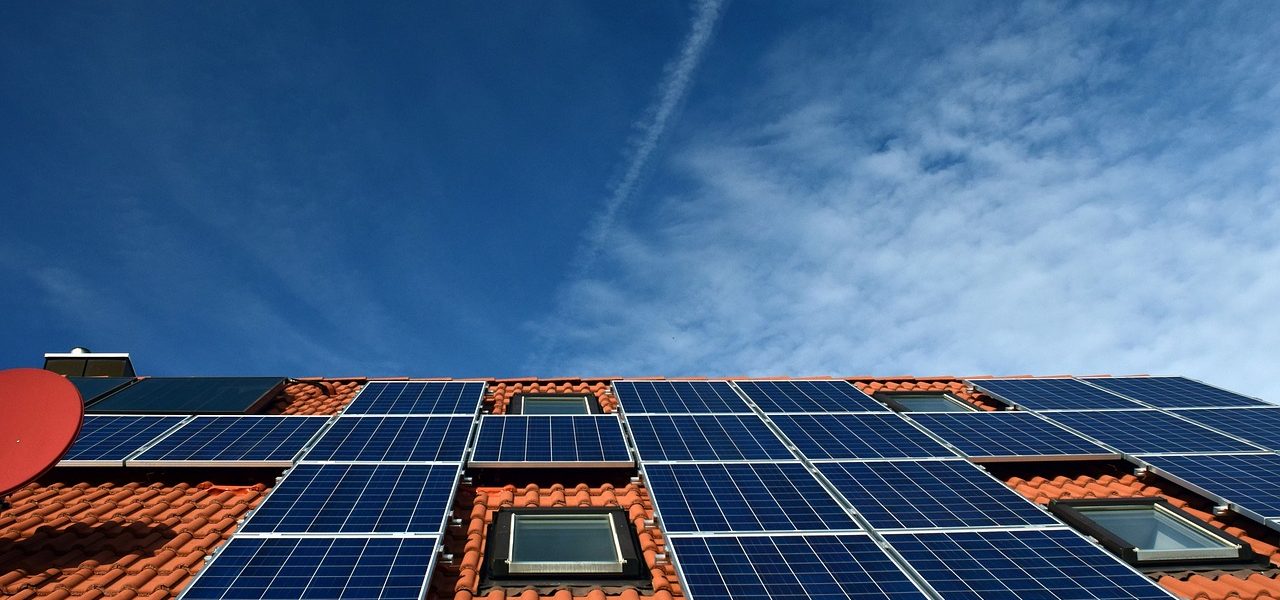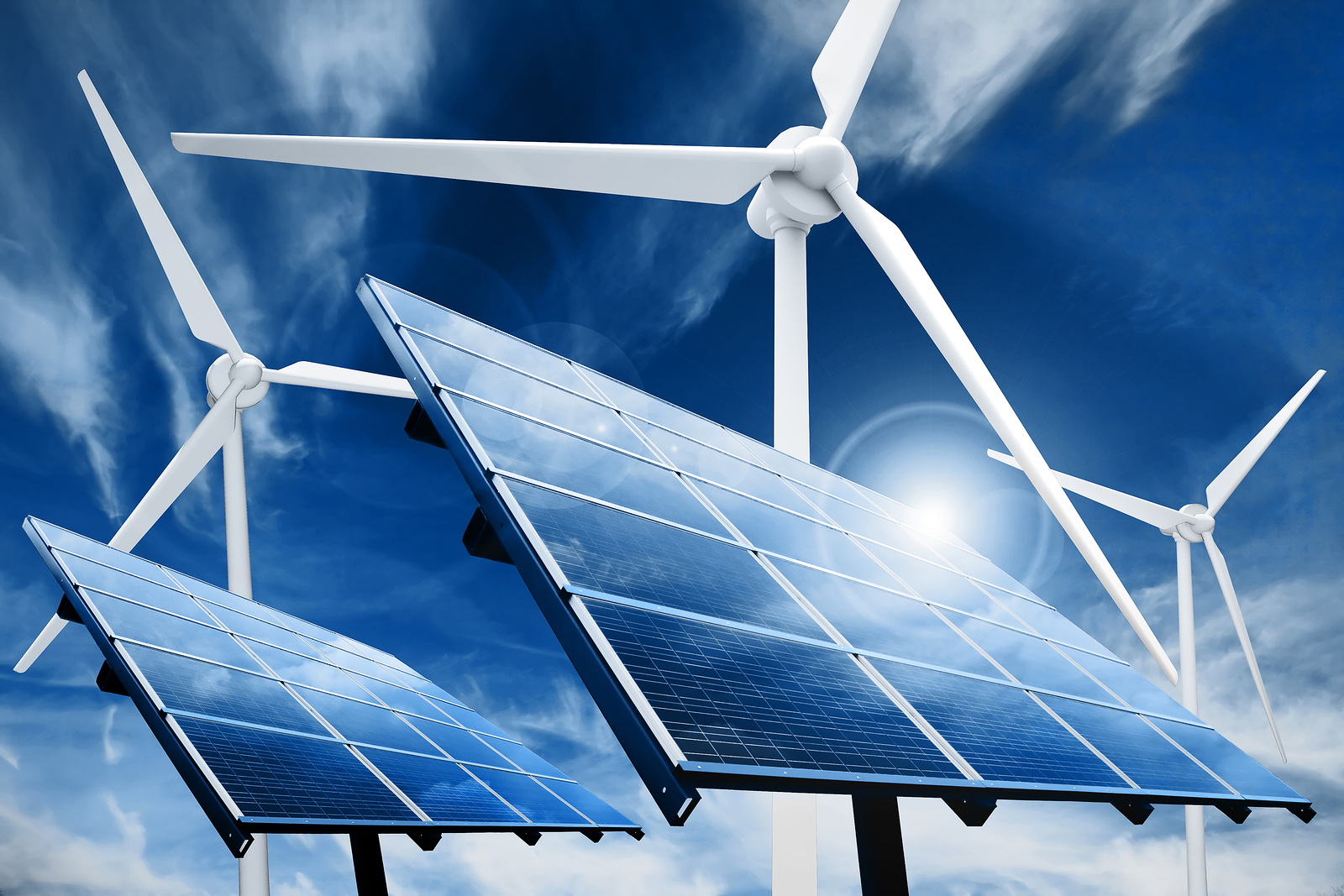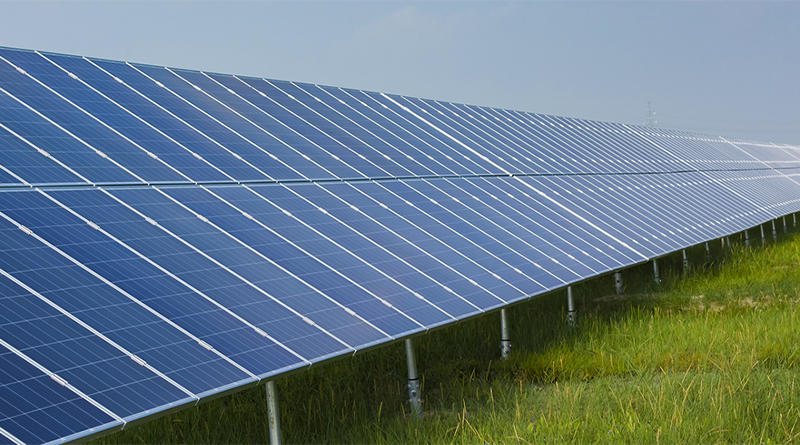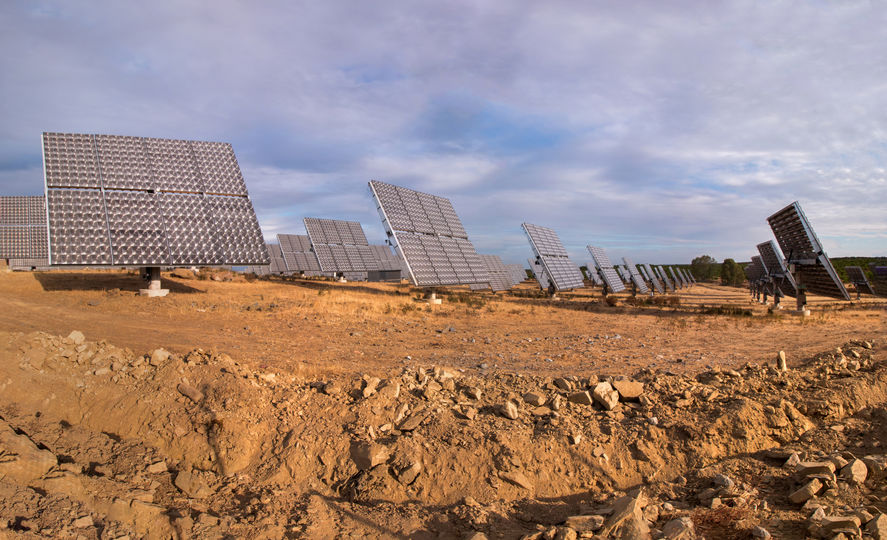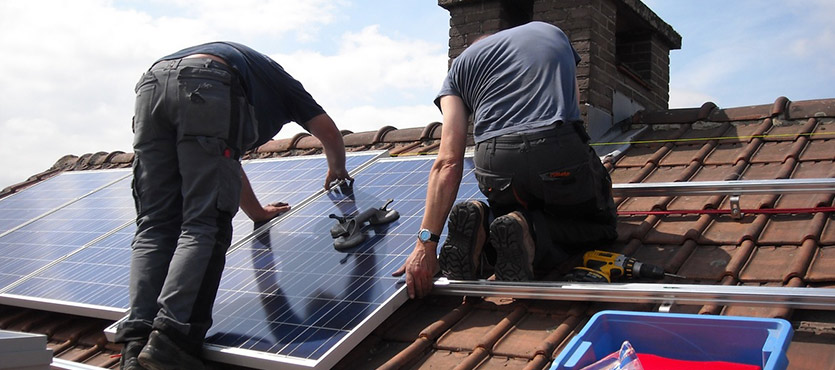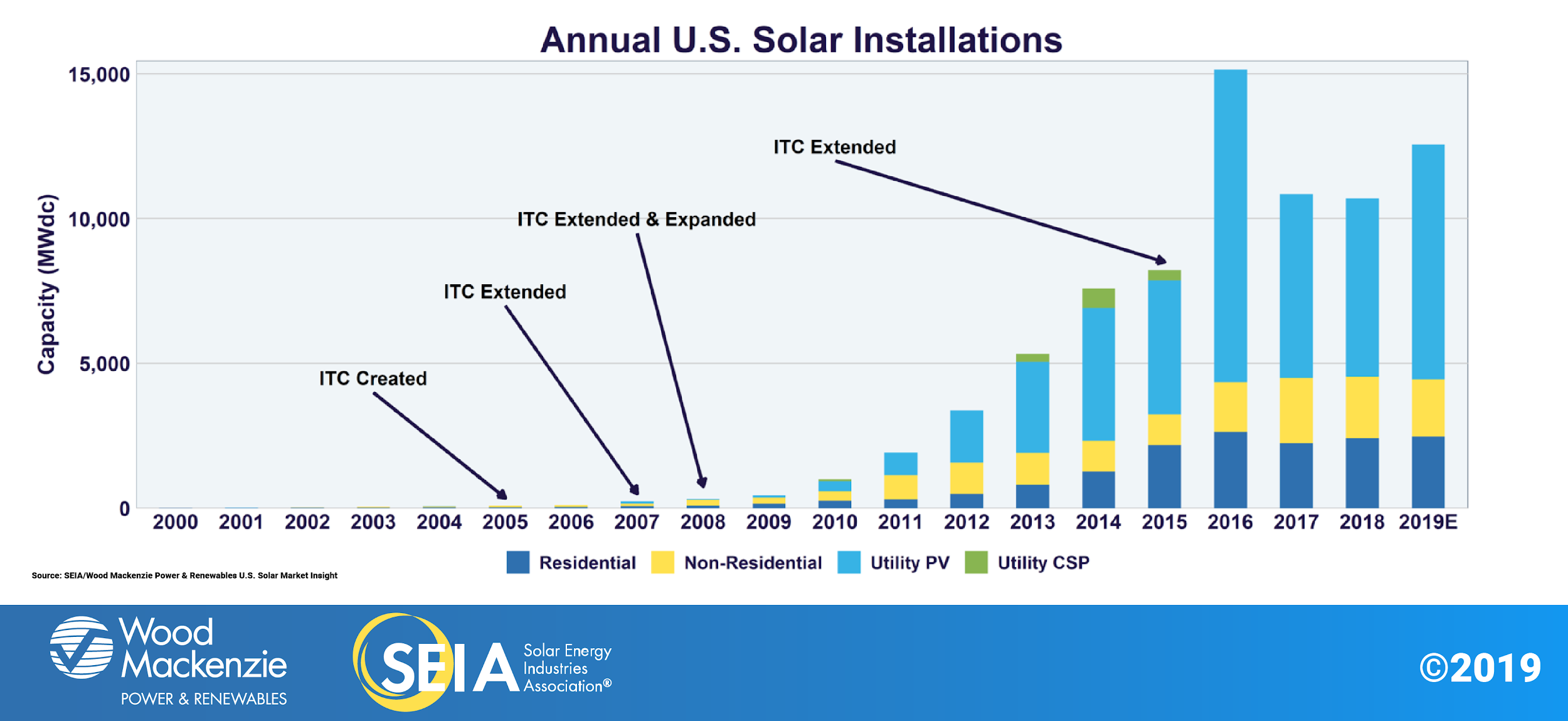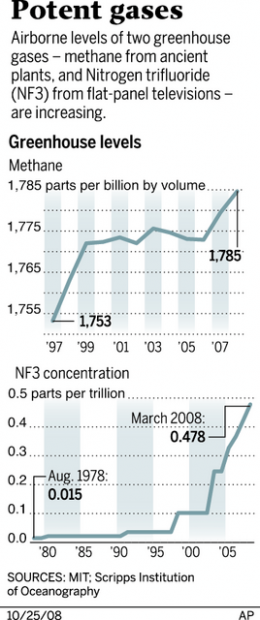But the claims that solar produces greenhouse gasses that are so harmful is alarmist at best and misleading considering that other energy sources produces these chemicals and in greater quantities.
Solar panels nitrogen trifluoride.
It is preferred to fluorine gas due to its convenient handling properties reflecting its considerable stability.
The un intergovernmental panel on climate change deems nf3 to be 17 200 times more potent than carbon dioxide as a greenhouse gas meaning that even relatively minor quantities can have major impacts.
The gas nitrogen trifluoride or nf3 is a key chemical agent used to manufacture certain types of photovoltaic cells for solar panels as well as semiconductors and lcd flat screens.
Ray weiss a professor of geochemistry at the scripps institution of oceanography explains that a number of solar panels release nitrogen trifluoride nf3 a chemical compound 17 000 times worse for the atmosphere than carbon dioxide.
Nitrogen trifluoride is also used in hydrogen fluoride and deuterium fluoride lasers which are types of chemical lasers.
Most solar panels have 20 year warranties and they can last much longer than that.
Solar cells and flat panel displays use nitrogen trifluoride to clean process chambers.
As recently as 2015 he explained that many manufacturers were still struggling to figure out how to contain its release into the atmosphere.
The release contends that the solar is one of the leading emitters of hexafluoroethane c2f6 nitrogen trifluoride nf3 and sulfur hexafluoride sf6.
Efforts are made to contain the gasses produced but they often leak out weiss explained.
Many of the earliest solar installations are still operating after 40 years with only a slight drop in efficiency.
In an era of planned obsolescence solar panels are one thing you don t have to worry about.
F 2 gas diatomic fluorine has been introduced as a climate neutral replacement for nitrogen trifluoride in the manufacture of flat panel displays and thin film solar cells.
Moreover the kyoto protocol which limits a half dozen greenhouse gases does not cover nf3.
Of course during the manufacturing process they are trying to contain these gasses but leaks do happen from time to time.
Another real concern is the vast increase in the use of nitrogen trifluoride nf3 in the construction of solar panels up 1 057 percent over the past 25 years.









